Table of Contents
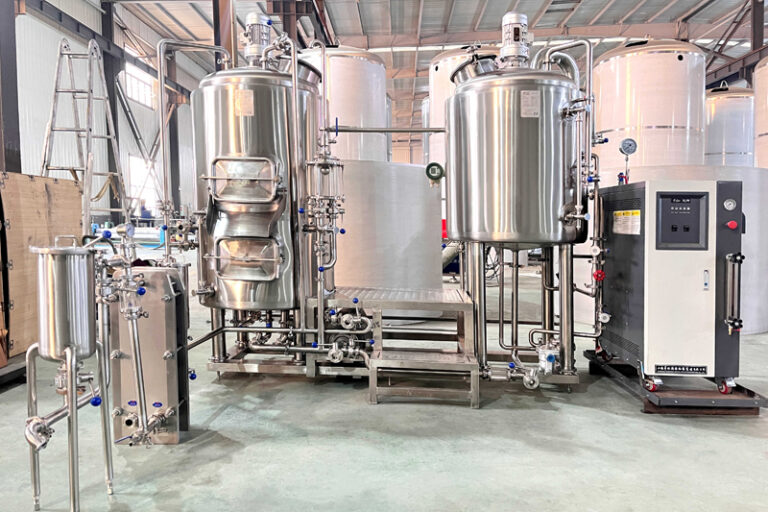
What is a homebrewery?
What starter kit does a home brewery need?
Choosing the right brewing starter kit is one of the most important things to do when considering brewing in a home brewery. When there are so many options on the market, it can be hard to know where to start.
The following tips will help you choose the perfect home brewing starter kit for your business:
- Mash barrel: The mash barrel is used to maintain hot water and grains at a specific temperature during the mashing process and to separate the wort from the grains.
- Brewing Kettle: The entire boiling process, including extracts, hops, and/or other ingredients, takes place in a brewing kettle or kettle.
- Fermenter: When the wort is fermented into beer, a container is needed to hold the wort.
- Airlocks and plugs: Airlocks are inserted into the top of the fermenter, allowing fermentation by-product carbon dioxide to escape the fermenter without allowing contaminants to enter.
- Heat source: A heat source powerful enough to heat the pre-boiled volume is required.
- Siphons/Piping: Siphons and pipes are a great way to simplify moving hot wort or finished beer without the hassle and mess of lifting and pouring (and spilling!) lots.
- Hydrometer: A hydrometer is used to measure gravity or sugar density in wort and beer.
- Filter: When transferring (racking) the wort from the brew tank to the fermenter, some homebrewers choose to flow the liquid through a filter to prevent hops and other solids from transferring. A fine mesh colander or filter bag will do.
- Thermometer: It is important to keep your yeast at a specific temperature (usually below 75°F (24°C)), and a thermometer is a good indicator.
- Hot Pot: An more pot used to prepare the water for spraying in whole wheat brewing.
How to homebrew?
- Gather your brewing equipment:
- Brewing pot
- Fermentation tank + airlock
- Funnel (optional)
- Disinfectant
- Automatic siphon
- Stirring spoon
- Beer recipe kit, etc.
- Sanitize your brewing equipment. Anything that comes into contact with the beer after the boiling process should be sanitized.
- Brew
- Steep Pellets: Add 2.5 gallons of water to a 5-gallon brew kettle. While the water is heating, soak the grains for 20 minutes, or until the water reaches 170 degrees. As you remove the cereal, allow the water to drip from the cereal bag into the kettle. Don’t squeeze the grain bag as you don’t want to extract tannins, which could give your beer an unpleasant taste.
- Bring the kettle to a boil: Once the kettle is boiling, remove it from the heat and add the malt extract. Once the extract is dissolved, return to the boil. Hops will now be added at different intervals.
- Cool the wort as as possible
- Fermentation:
- Pour the cooled wort into the fermenter. Some brew kettles even have a valve for easy transport from the kettle to the fermenter.
- Add water to bring the level to 5 gallons.
- Spray the wort into the container to aerate it. Yeast needs oxygen, and a spray of wort can help.
- Add yeast. Dry yeast is the easiest because you don’t have to prepare it in advance. Sterilize the yeast bag + scissors, cut off a corner of the yeast bag, and pour the yeast into the fermenter.
- Seal the fermentation tank, add the fermentation airlock, and store it in a cool place. The ale should be kept at 68 degrees for proper fermentation.
- Bottling:
- Clean all items: bottles, filling machines, caps, bottling buckets, and all transfer hoses used. Use a bottle brush on the bottle.
- Bring the base sugar to a boil in 16 ounces of water. After cooling, add to the bottling bucket.
- Transfer beer. The beer is sucked out of the fermenter and placed into a bottling barrel. Leave as much sediment as possible in the fermenter.
- Fill the bottle. Connect the filling machine to the hose and connect the hose to the bottling bucket spigot. Open the bottling bucket faucet and push the filling machine to the bottom of the bottle.
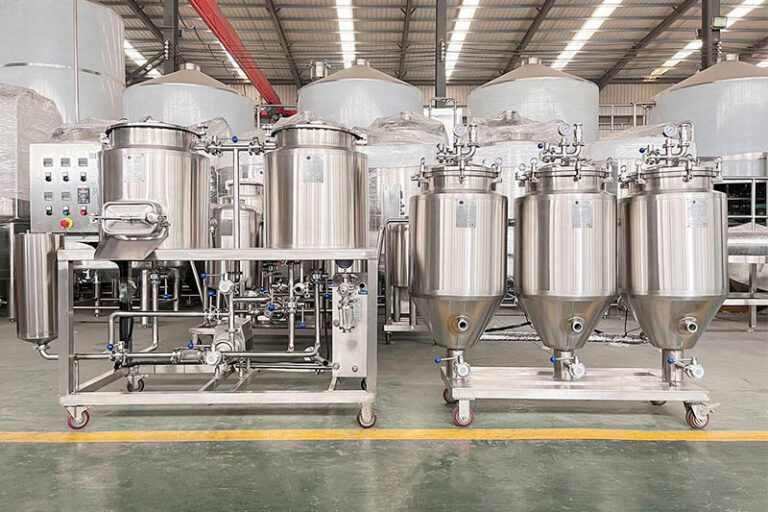
How long does it take to brew beer at home?
When does brewing begin?
Due to the popularity of homebrewing, those who enjoy brewing beer often take up it as a hobby. For many people, brewing is an enjoyable and fulfilling hobby because it allows them to explore new recipes and try different ingredients. Additionally, brewing beer at home is a great way to reduce the cost of store-bought beer.
While you’re doing other things, if you’re considering doing this, there are a few things you need to be aware of before brewing at home. First, patience and attention to detail are prerequisites for successful home brewing. Mastering the brewing process takes some time as it combines elements of art and science.
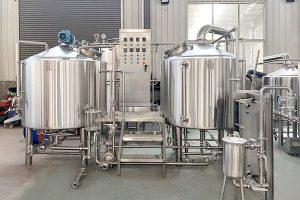
Beer Brewery Equipment Manufacturer The brewing supplies provided by Micet Craft can support your brewing needs from small batches of micro beer brewing equipment to
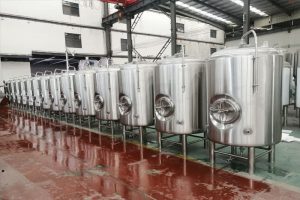
Professional bright Beer tank manufacturer from China The bright tank is a vessel for storing and carbonated beer, it is also called the brite tank.
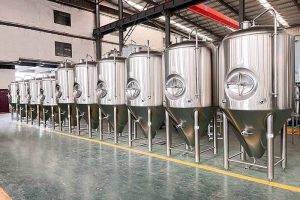
China brewing equipment manufacturer and suppliers Micet Craft has cooperated with breweries in many countries around the world to provide them with brewing equipment. We
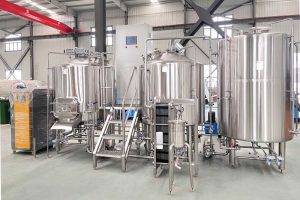
Best brewhouse equipment manufacturer from china Brewing good beer requires brewhouse equipment. Whether you are brewing beer for home, business or brewery, Micet Craft can
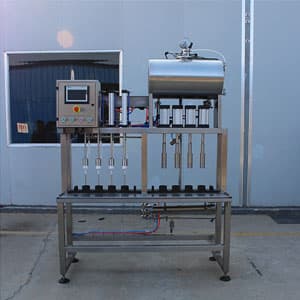
Professional beer filling machine manufacturer Beer filling machine is the core equipment of the beer production line. Our beer filling system uses stainless steel as

Best beer brewing system manufacturer from china Micet Craft is a professional beer brewing system manufacturer in China. We mainly produce high-end customized turnkey brewing
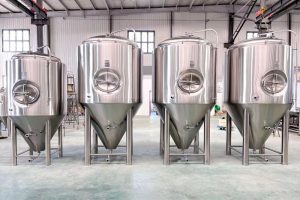
Fermentation Tanks The fermentation tank is where the beer carry out the fermentation process, it provides a place suitable for life activities and metabolism for


“As someone new to this subject, I found this article incredibly helpful. The author’s expertise shines through, and the content is presented in a way that is engaging and easy to follow. I’ll be bookmarking this site for future reference!”
thanks